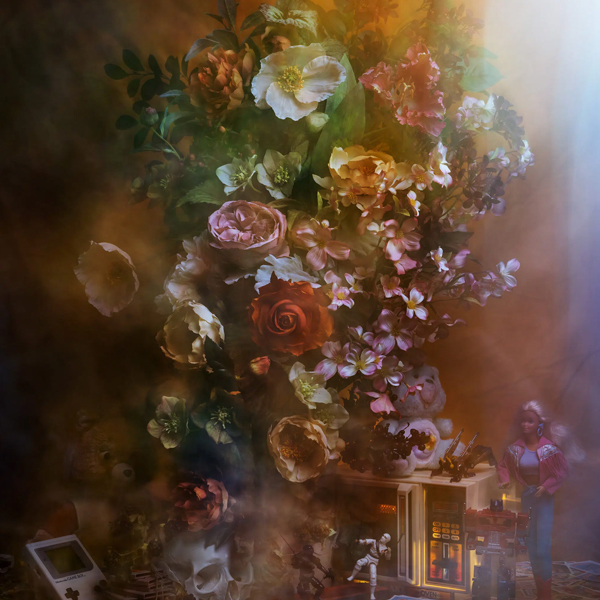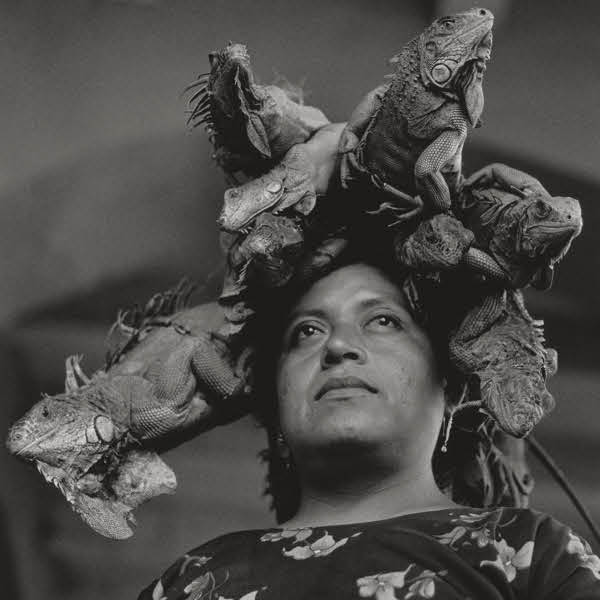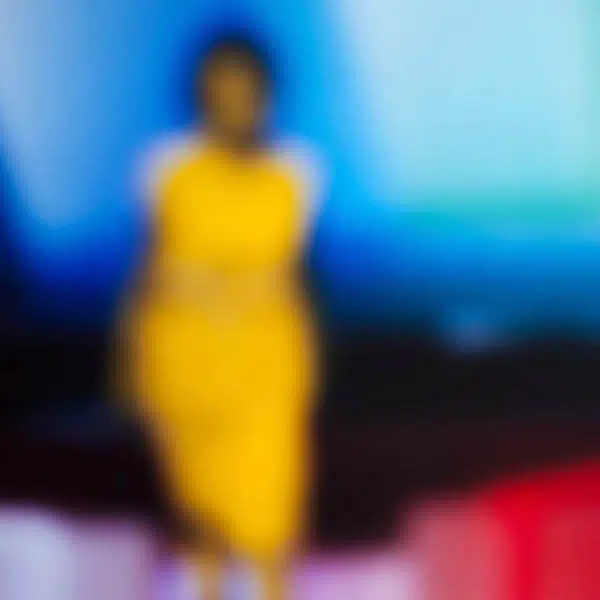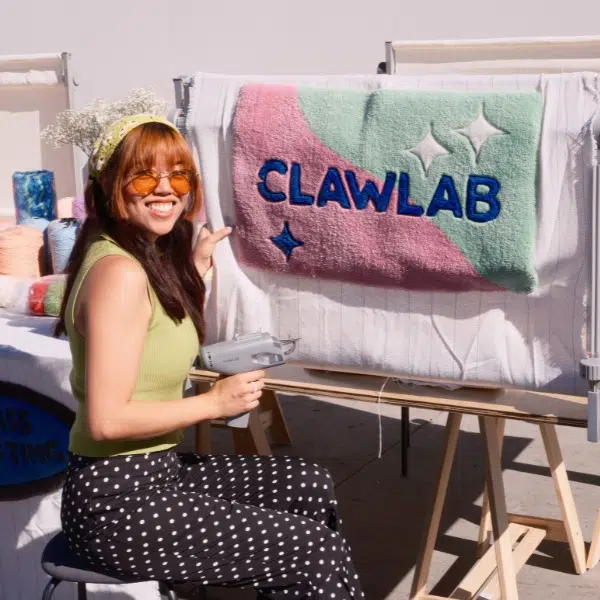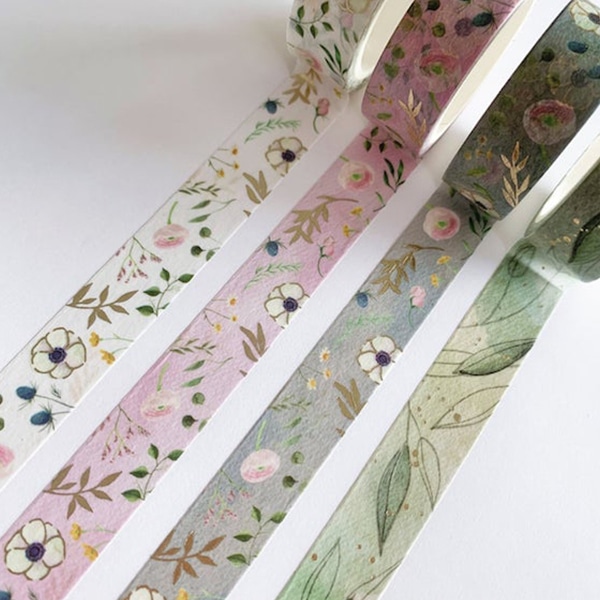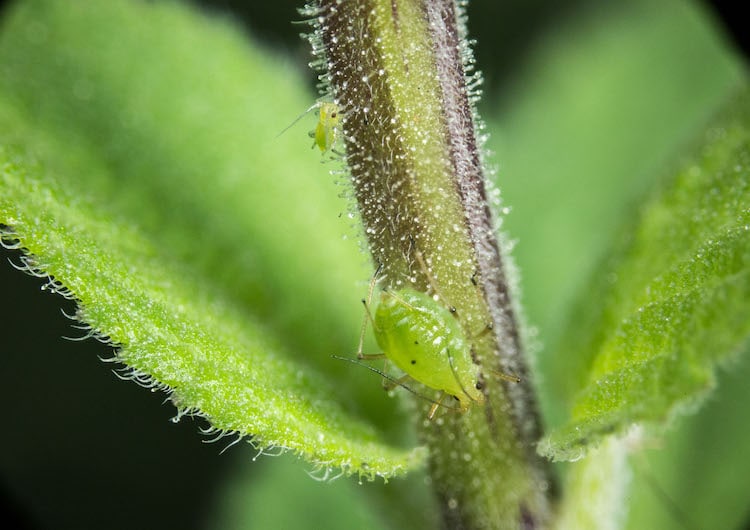
Software developer Nicholas Sherlock is a passionate photographer who uses the analytical skills required in his work to push forward his photos. When he can't find the right piece of equipment to meet his needs, he develops his own using his 3D printer. Sherlock's latest creation, sparked by his fascination with macro photography, saw him create a 300mm macro extension tube for just $10.
Using his creation, Sherlock is now able to take photos at 5x magnification without having to shell out for an expensive, specialized macro lens. Specifically, his DIY extension tube will allow him to photograph insects up close, without a limit to his creativity.
“Standard macro lenses top out at 1x magnification,” Sherlock tells My Modern Met. “1x magnification means that the image of your subject on your camera's sensor is the same size as the subject themselves, so a subject 36x24mm big fills the whole frame on my Canon 5D III's sensor. But a lot of insects are a lot smaller than that, so they end up just being a little dot in a corner of the frame and you can hardly see any detail.”
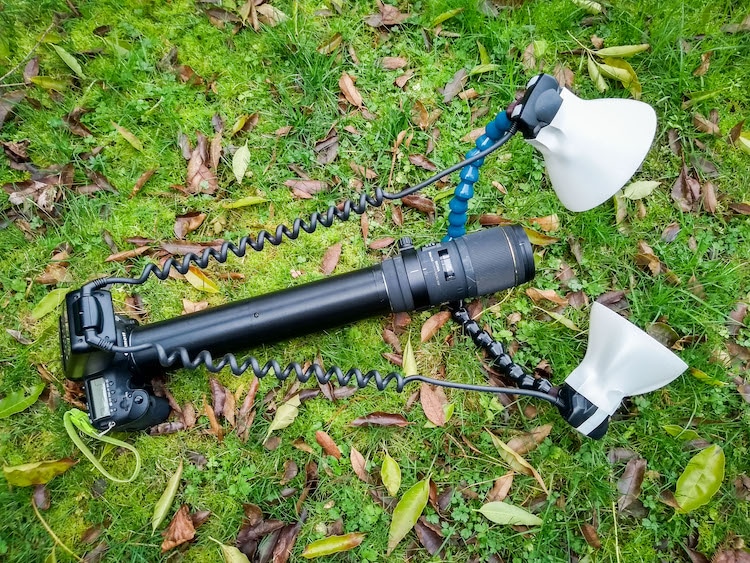
For Sherlock, who was interested in photographing aphids, coming up with a solution for better magnification was key. Luckily, he was able to harvest the shorter extension tubes he already owned for parts, which meant that his only expense was $10 worth of 3D printer filament.
Creating the macro extension tube wasn't easy, though. Getting the gold contacts that connect the camera and lens to align correctly was particularly challenging. Just a fraction of a millimeter made all the difference in functionality and even once Sherlock overcame that hurdle, he still needed to create a design that his 3D printer could handle. With a high level of precision needed to make sure everything functioned properly, he went through several prototypes before settling on the final design.
In the end, all the hard work paid off. Sherlock's 3D-printed macro extension tube allows for 5x magnification, getting him close to those aphids. Of course, there are some refinements that need to be done in order to make the design perfect. One surprise for Sherlock was how dark things looked when he glanced at the viewfinder due to the long extension.
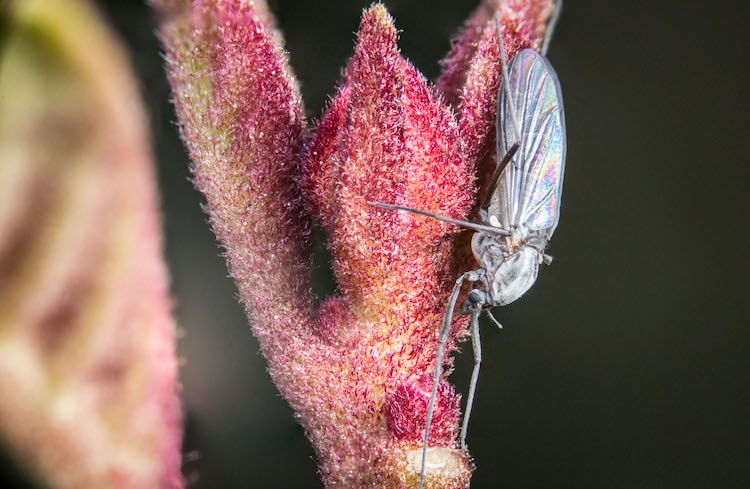
“I was losing four stops of light, so my ‘wide open' aperture became an f/14 equivalent,” he shares. “Try setting your lens to f/14 and hold down the depth-of-field preview button on your camera, it makes the viewfinder really dark! Luckily it's just bright enough that you can see what you're doing in daylight!”
There's also some vignetting and a central hotspot that Sherlock believes is created by light reflecting in the tube. For now, he's been cleaning up those defects in postproduction using Lightroom's new dehaze feature. Sherlock is already thinking about ways to improve the setup for future models, including a special flash lighting system.
If you want to try printing your own 300mm Canon macro extension tube, Sherlock has helpfully placed the build instructions and downloadable models online. This isn't Sherlock's first piece of 3D printed equipment—he also developed a 3D-printed LED softbox and a “Loc-Line” flexible arm system for the Canon MT-24EX twin flash.
Nicholas Sherlock created a DIY 300mm macro extension tube in order to achieve 5x magnification.
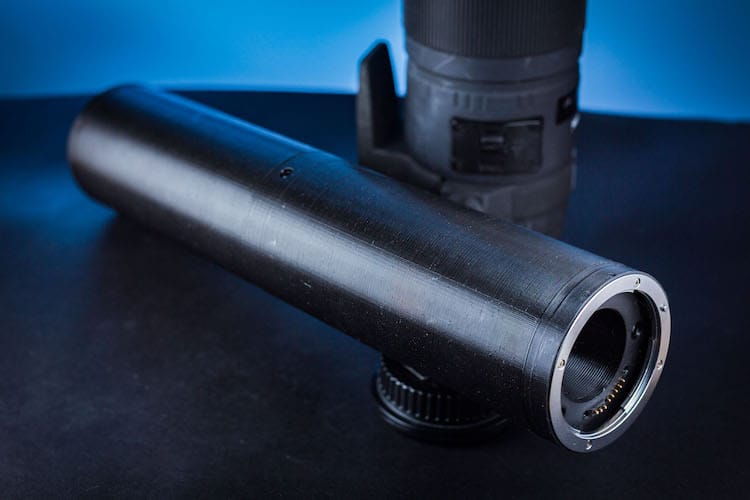
First, he harvested pieces from shorter extension tubes he already owned.

After many prototypes, he was able to 3D print the additional pieces necessary to assemble the 300mm tube.
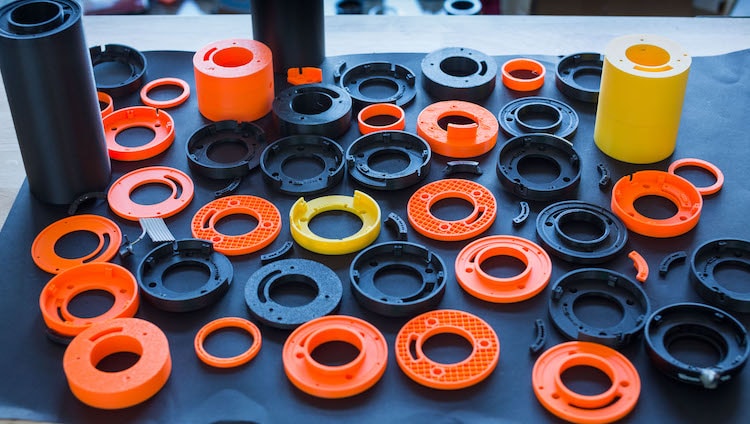

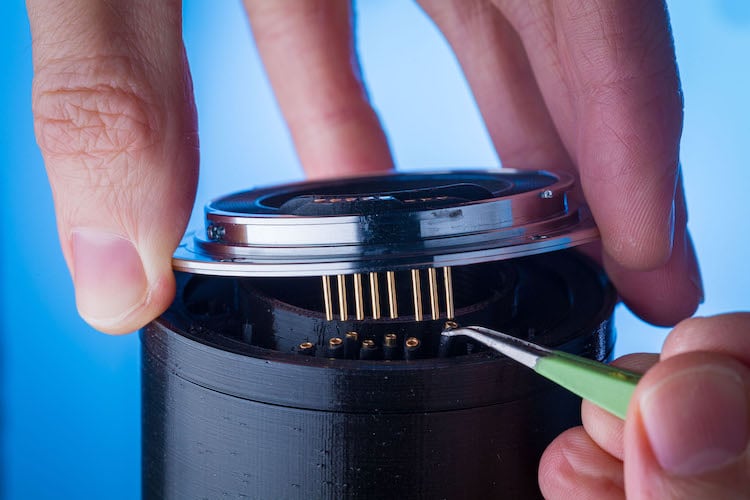
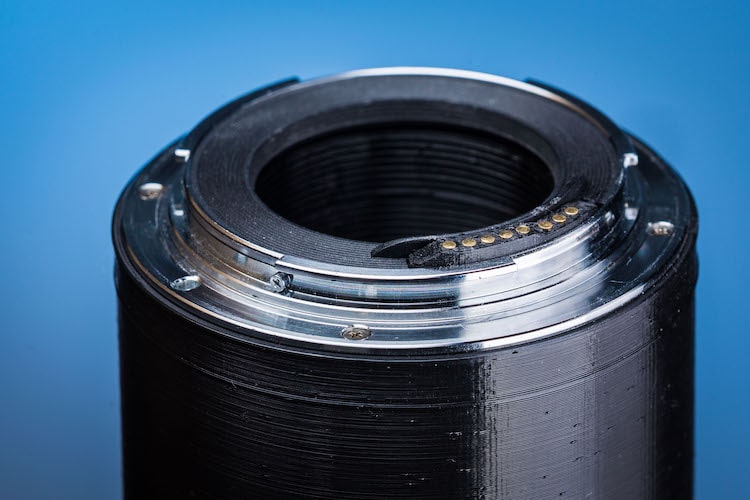
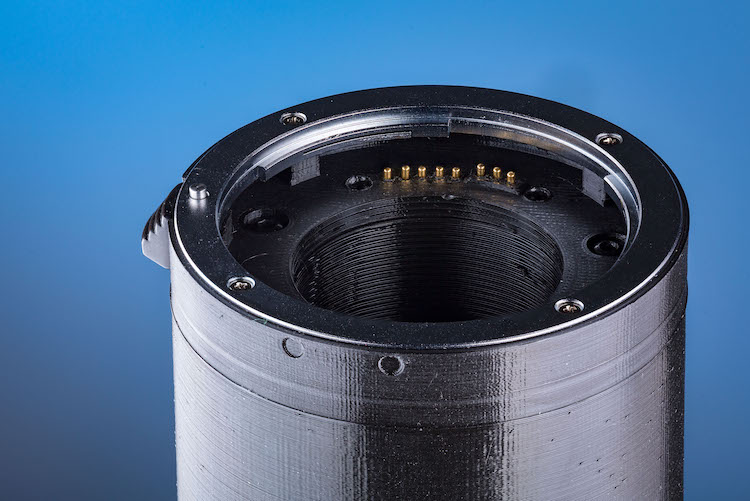
Test shots show the stunning difference in magnification with and without his 3D-printed extension tube.
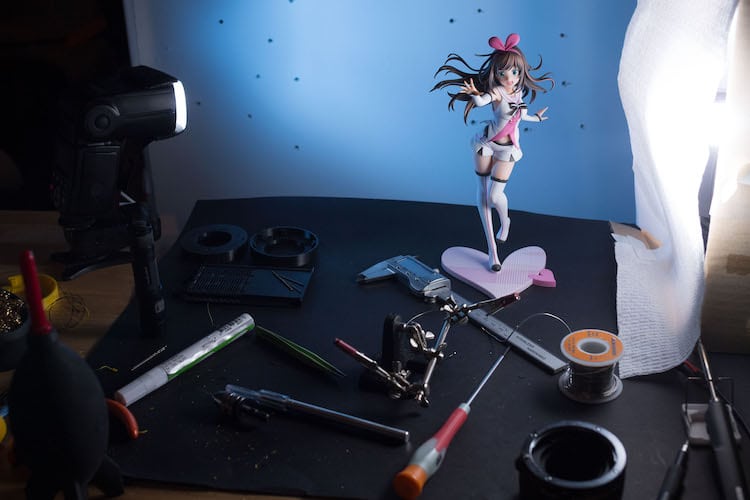
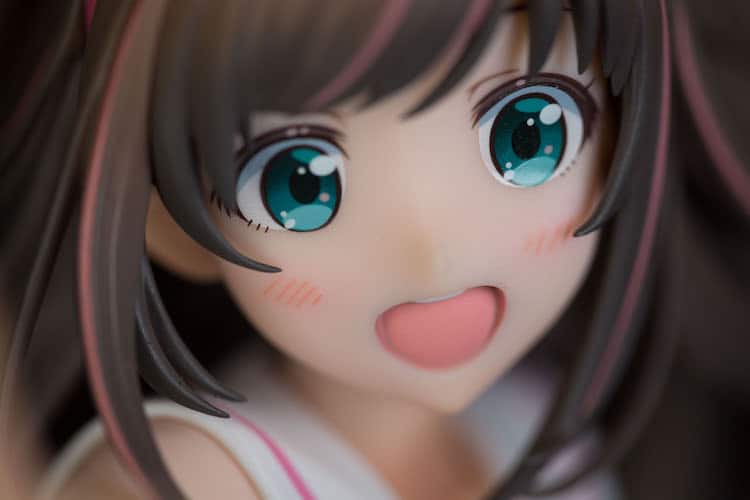
1X magnification

5X magnification
Now he's able to take macro photographs of insects without having to invest in an expensive lens.


Nicholas Sherlock: Website
My Modern Met granted permission to feature photos by Nicholas Sherlock.
Related Articles:
These Adult-Friendly LEGO Kits Let You Build Your Own Mini Leica Camera
Man Transforms a $200 Camper Trailer into a Giant Functional Camera and Darkroom
Man Reveals How to Build Your Own Futuristic “Magic Mirror” in Helpful DIY
Photographer Turns His Tricycle into a Portable Wet Plate Photography Darkroom











































































